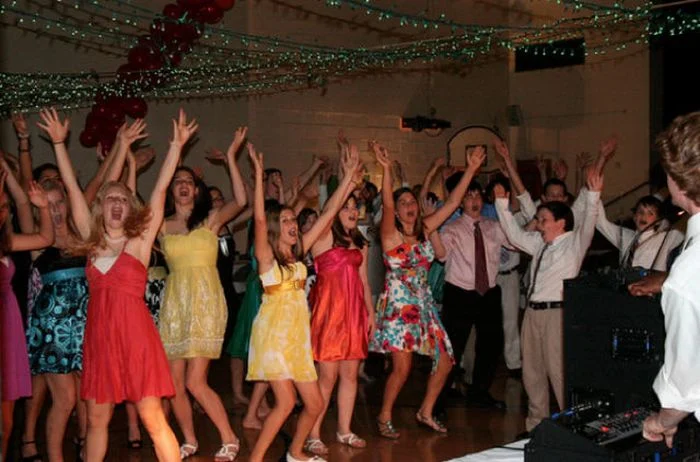
- are-middle-school-dances-a-thing
- why-schools-host-middle-school-dances
- what-middle-school-dances-look-like
- parent-and-student-perspectives
- tips-for-enjoying-the-first-middle-school-dance
1. Are Middle School Dances a Thing?
Yes, middle school dances are definitely a thing. While not every school holds them, many across the U.S. and other countries organize dances for students in grades 6 through 8 as part of their social development. These events are typically held in school gyms or cafeterias and often occur around major events like Valentine’s Day, winter break, or the end of the school year.
The goal isn’t to replicate high school proms, but to provide a fun, age-appropriate environment for students to socialize, build confidence, and experience music and movement in a group setting. For many preteens, their first dance is a rite of passage—and it’s one they often remember for years.
2. Why Schools Host Middle School Dances
2.1. Building Social Skills Beyond the Classroom
Middle school is a crucial stage for emotional and social development. Hosting dances gives students a structured but relaxed environment where they can practice conversation, teamwork, and respectful interaction—all under the watchful eye of chaperones. These events are less about romance and more about connection and community.
2.2. Encouraging School Spirit and Belonging
Spirit weeks and themed dances help students feel like they are part of something larger than themselves. It can break up academic pressure and provide something to look forward to. When students feel seen and included, their overall school experience improves dramatically.
2.3. Teaching Event Etiquette Early
Dances also serve as low-stakes practice for future formal events. They introduce students to dress codes, social norms, and even etiquette on the dance floor. This early exposure can ease future anxiety around high school events like homecoming or prom.
3. What Middle School Dances Look Like
3.1. Casual Vibes and Fun Themes
Most middle school dances are relatively low-key. Jeans and sneakers are perfectly fine, though some schools might host semi-formal or costume-themed events. There’s usually a DJ or student-curated playlist, colored lights, and a snack table with pizza, chips, or juice. Decorations might be student-made as part of class projects or clubs.
3.2. Supervised and Structured
Unlike older dances, middle school events are heavily supervised by teachers and parent volunteers. Students aren’t allowed to leave until a designated end time, and there are usually clear rules around behavior and interaction. Dancing is often less “romantic” and more like group fun—think dance circles, group games, and line dances.
3.3. Limited Duration and Timing
Typically lasting 1.5 to 2 hours, these dances usually take place right after school or early evening. This ensures safety and avoids conflicts with bedtime routines or extracurricular commitments.
4. Parent and Student Perspectives
4.1. A Parent’s Take on Middle School Dances
Melissa, a parent in North Carolina, shared her thoughts: “I was nervous at first, but when I saw the level of structure and the amount of adult supervision, I realized this was a great way for my daughter to gain independence without being completely unsupervised.”
4.2. What Kids Say
Middle schoolers themselves often express both nerves and excitement. One seventh grader said, “At first I didn’t want to go, but then I saw my friends dancing and I joined in. It was more fun than I expected, and nobody made fun of anybody.” These positive experiences can boost confidence and foster friendships.
5. Tips for Enjoying the First Middle School Dance
5.1. Wear What Feels Comfortable
There’s no need for a tux or a ball gown—just clean, school-appropriate clothes that make the student feel good. Comfortable shoes are a plus, especially with all the dancing and walking.
5.2. Go With Friends, Not Expectations
Students shouldn’t feel pressured to pair up. The most enjoyable dances often involve groups of friends laughing, singing along to popular songs, or forming spontaneous dance circles. It’s a celebration—not a date night.
5.3. Let It Be Awkward—That’s Normal
It’s okay to feel a bit awkward during your first dance. Everyone else probably feels the same way. In fact, embracing that awkwardness can be part of the fun. Many schools even host dance workshops or offer beginner-friendly tips through programs like those offered by American Dance Academy, making the first steps less intimidating.
So yes, if you're wondering “are middle school dances a thing”—the answer is a resounding yes. They’re not just events; they’re formative experiences. With the right mindset, they can become some of the most cherished moments of early adolescence. Whether you’re a parent preparing your child or a student gearing up for your first dance, it helps to know what to expect—and maybe even how to bust a move.
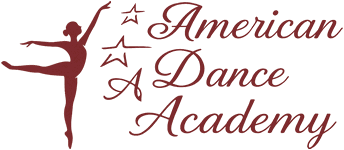
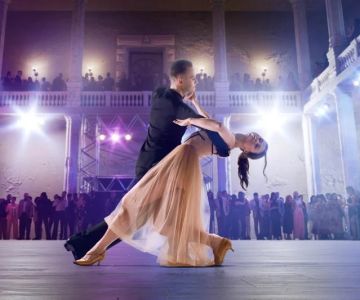
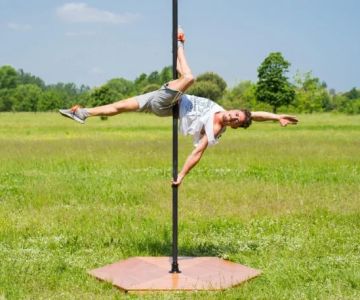
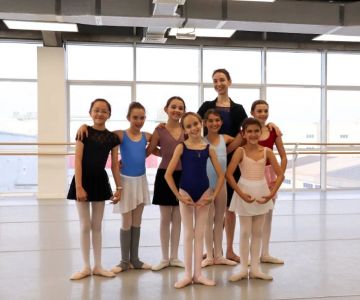
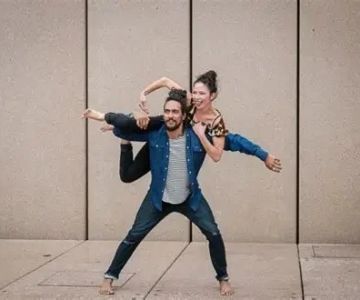
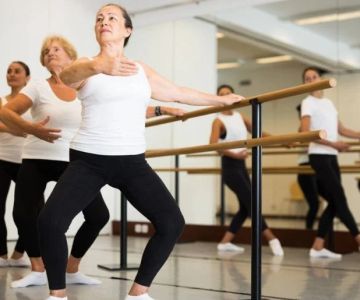
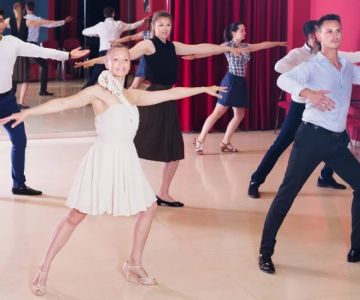
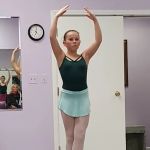 Barrington Dance Academy5.0 (22 reviews)
Barrington Dance Academy5.0 (22 reviews)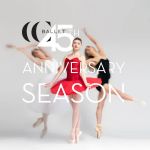 Canyon Concert Ballet4.0 (17 reviews)
Canyon Concert Ballet4.0 (17 reviews) Big City Dance Center LLC4.0 (25 reviews)
Big City Dance Center LLC4.0 (25 reviews) Tye Chua Dance & Kalamazoo Ballet5.0 (18 reviews)
Tye Chua Dance & Kalamazoo Ballet5.0 (18 reviews) Fenton Ballet Theatre4.0 (24 reviews)
Fenton Ballet Theatre4.0 (24 reviews) Front Street Dance Center5.0 (7 reviews)
Front Street Dance Center5.0 (7 reviews) Are There Dances in Middle School? What Students and Parents Should Know
Are There Dances in Middle School? What Students and Parents Should Know How a Dance School in Instagram Builds Community and Success
How a Dance School in Instagram Builds Community and Success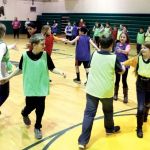 Why Do Schools Teach Square Dancing?
Why Do Schools Teach Square Dancing?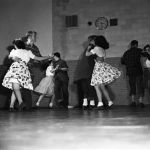 Why Was Square Dancing Taught in School?
Why Was Square Dancing Taught in School? Why Swing Dance Is Popular for Adults
Why Swing Dance Is Popular for Adults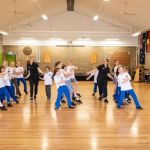 A School Dance: How to Prepare, Shine, and Make It Unforgettable
A School Dance: How to Prepare, Shine, and Make It Unforgettable